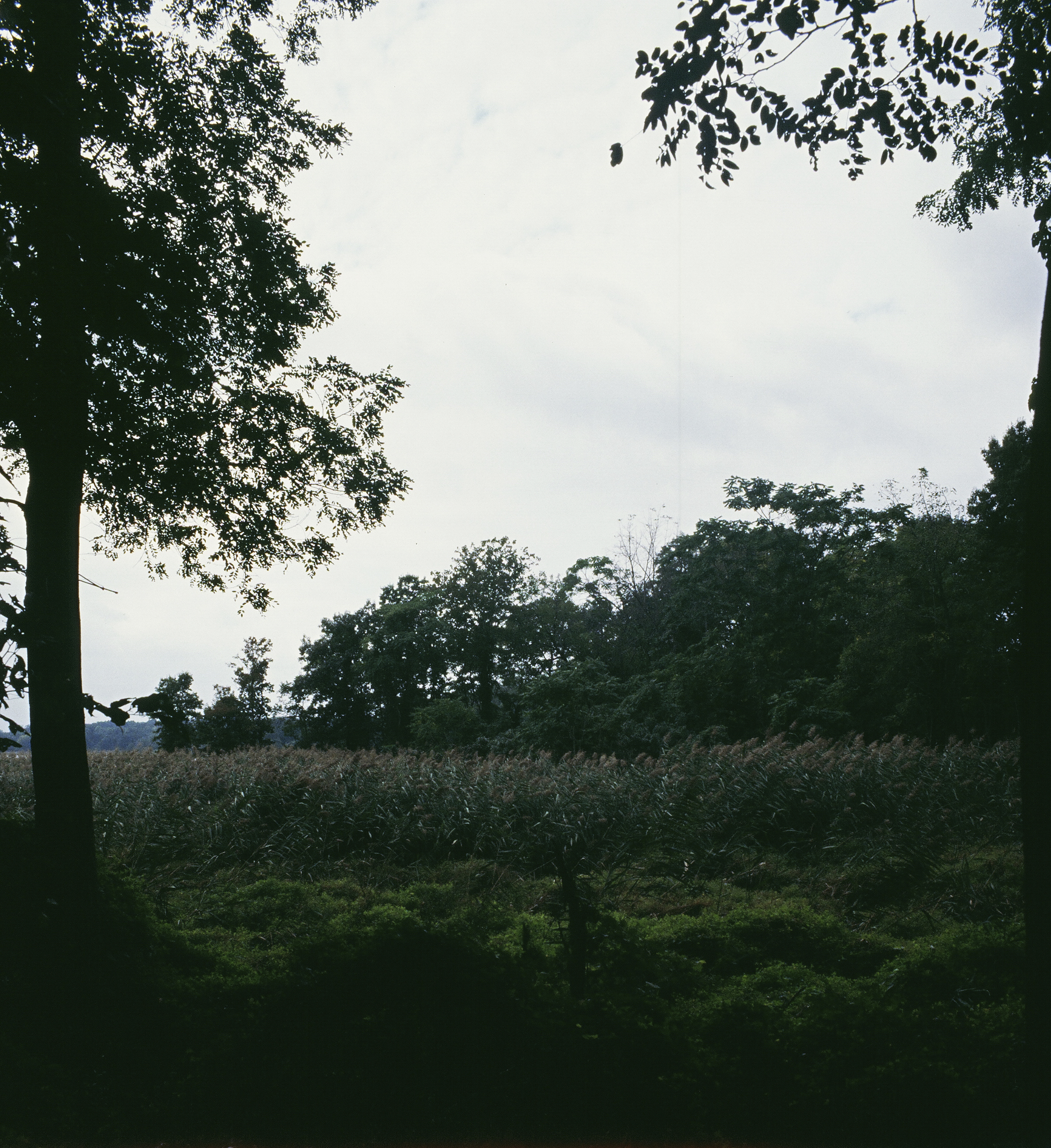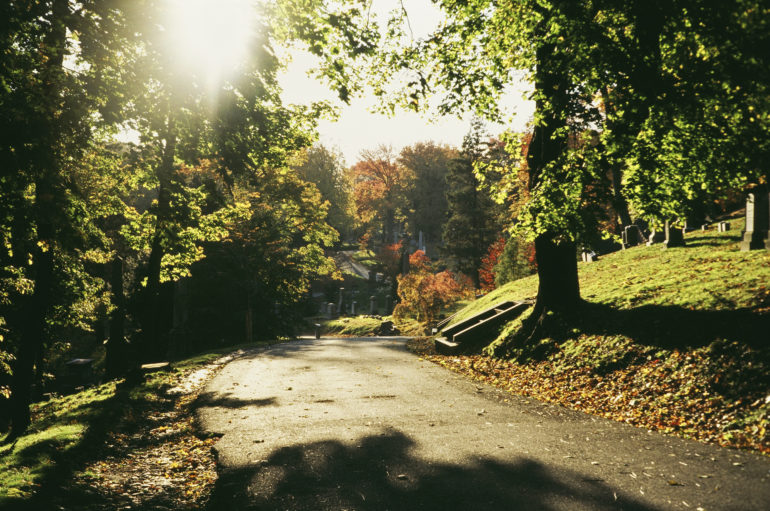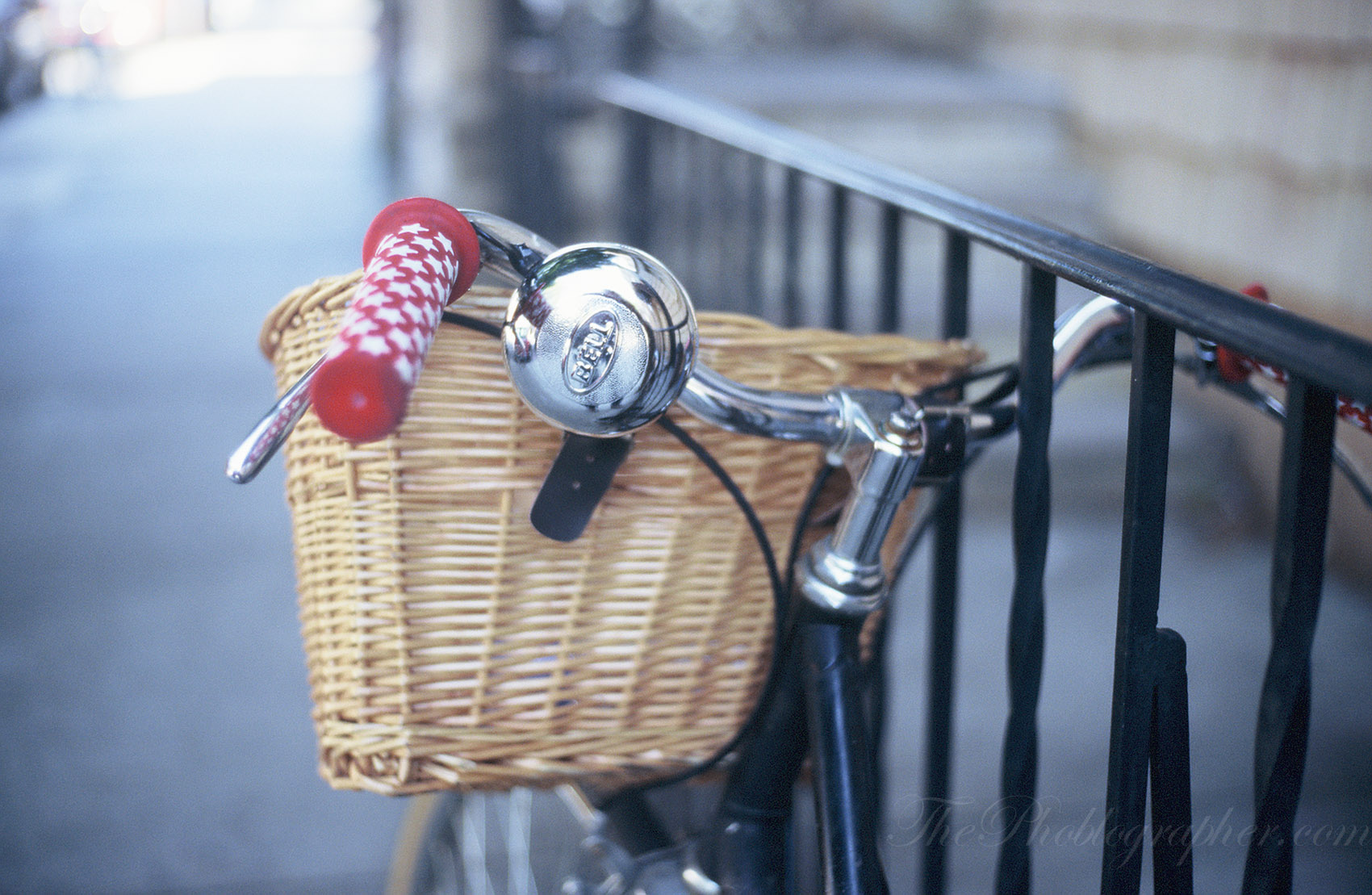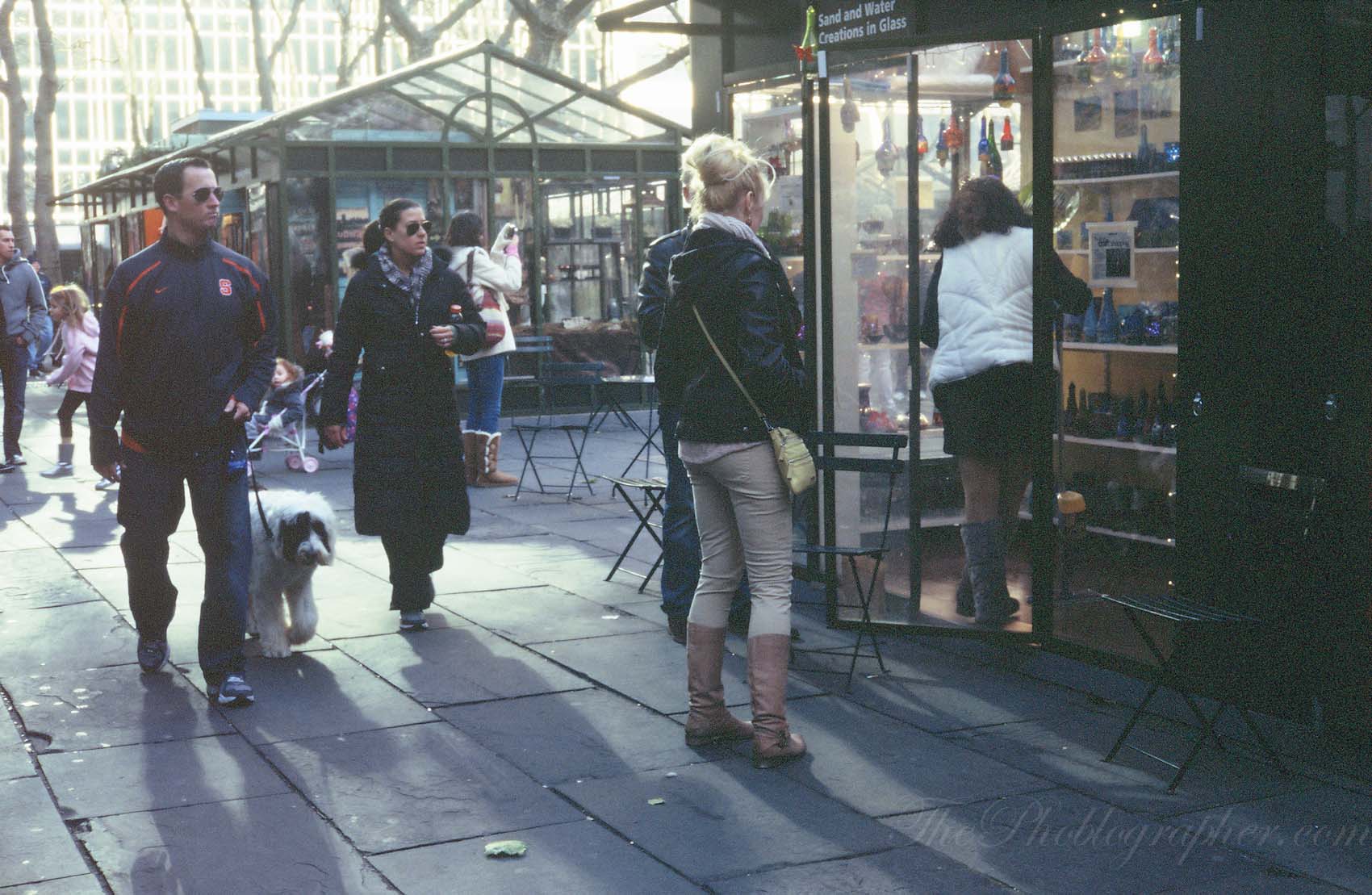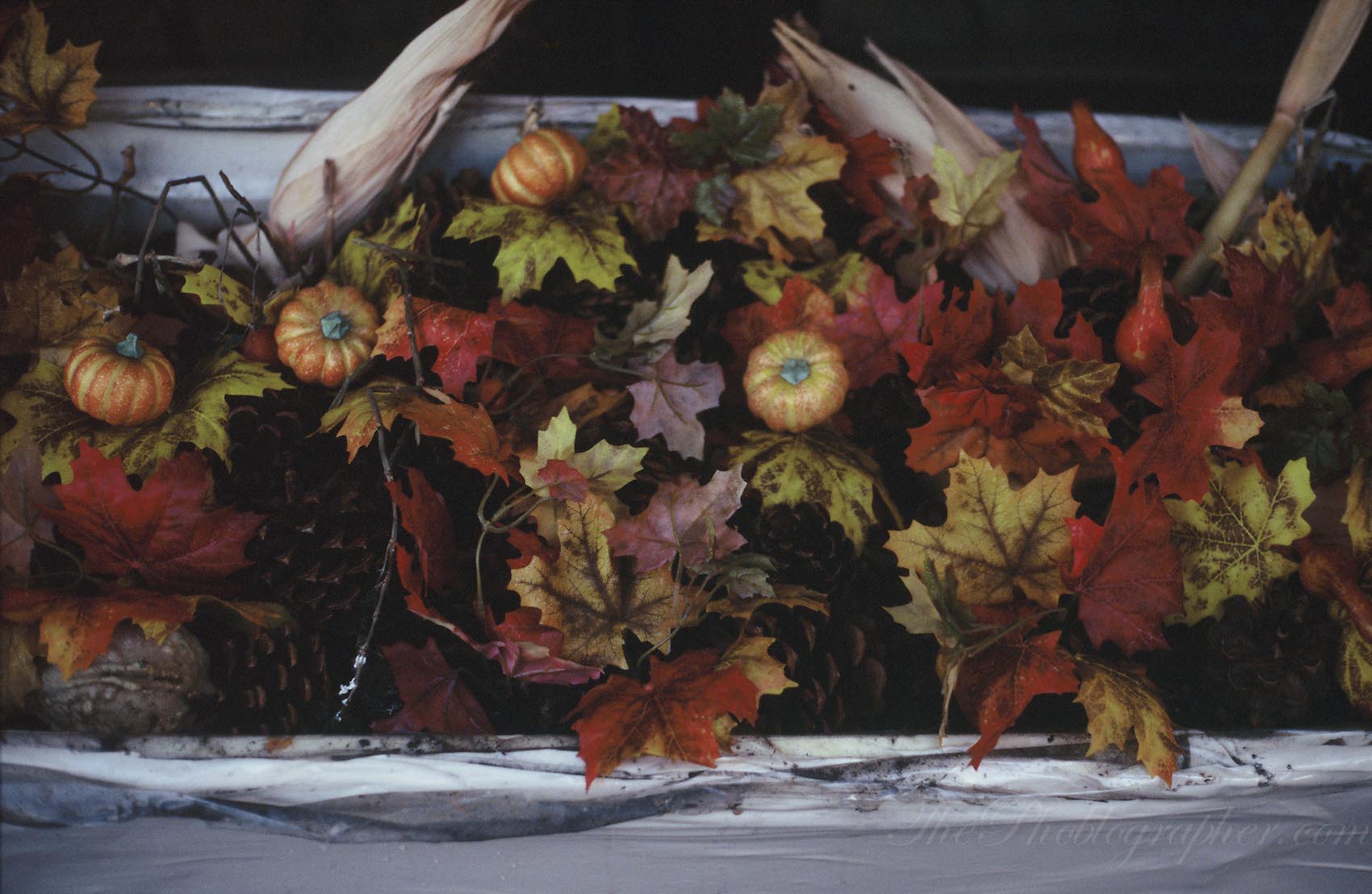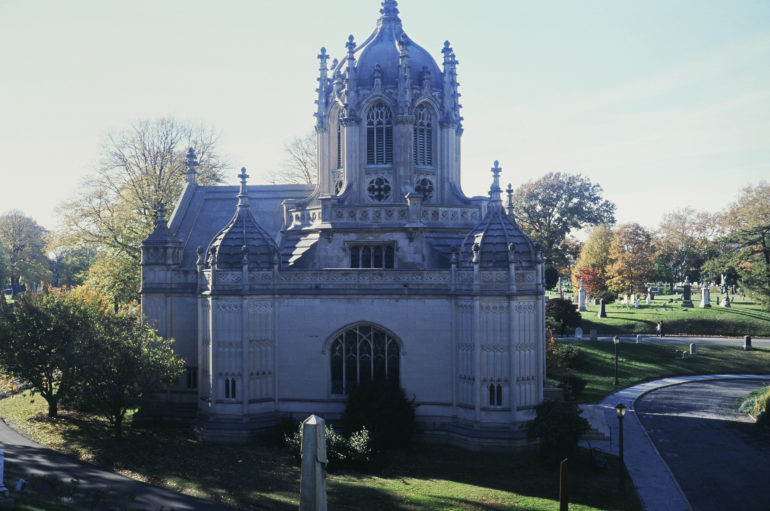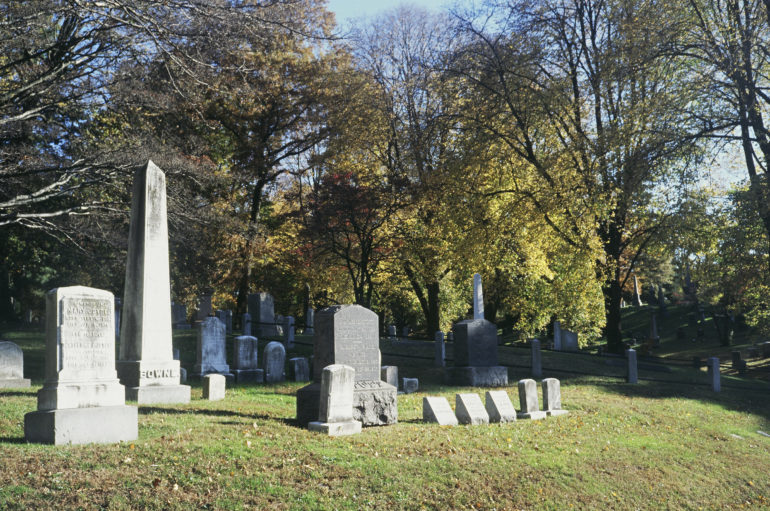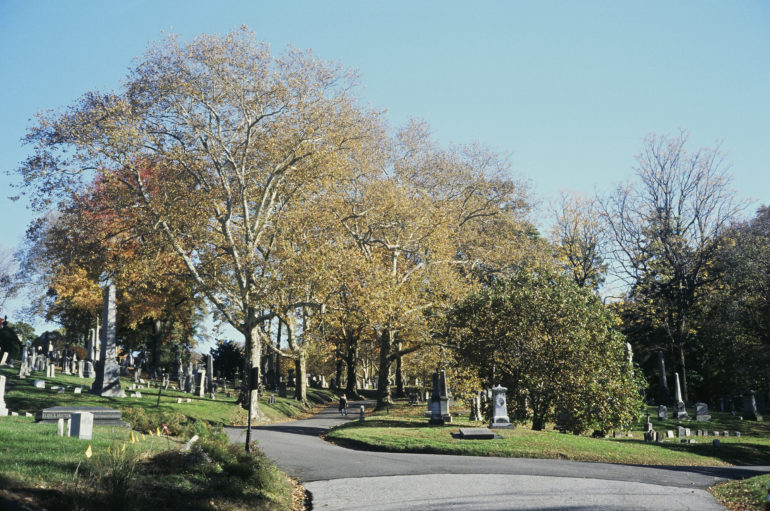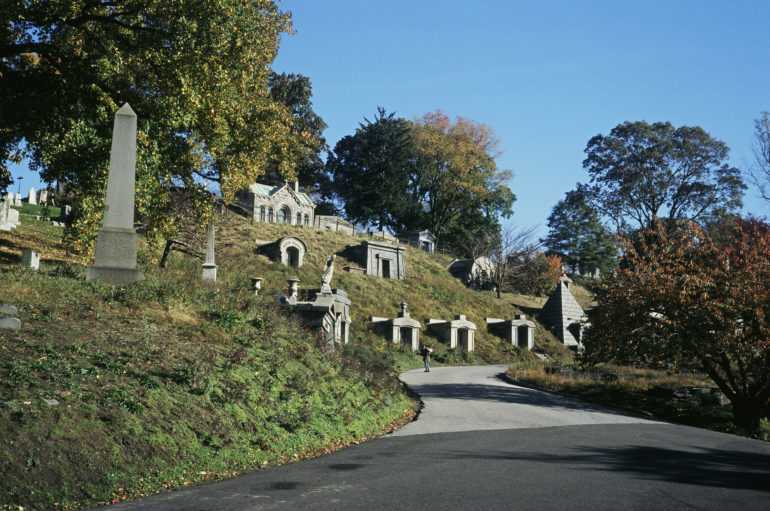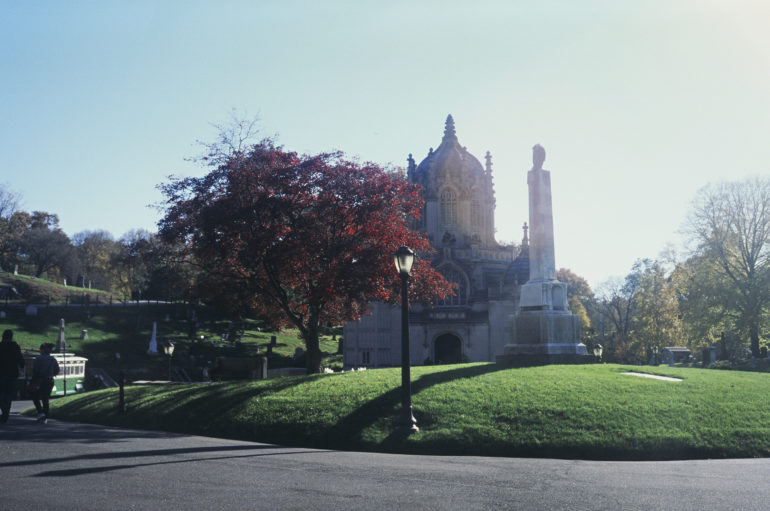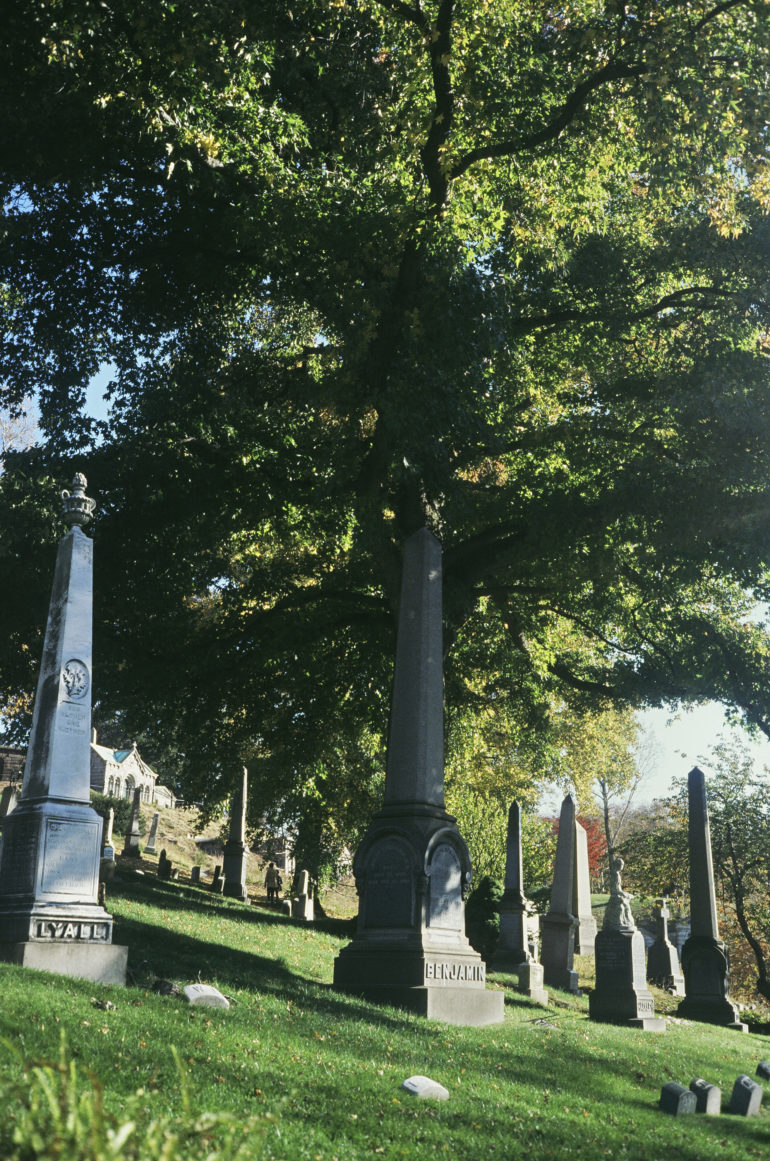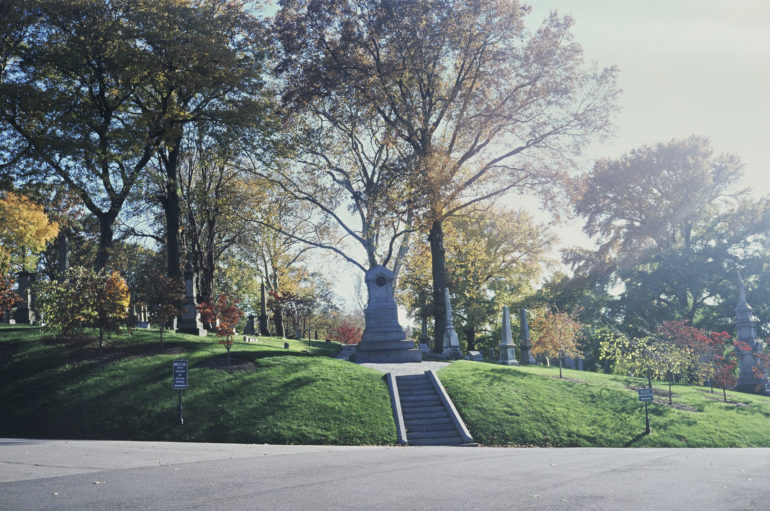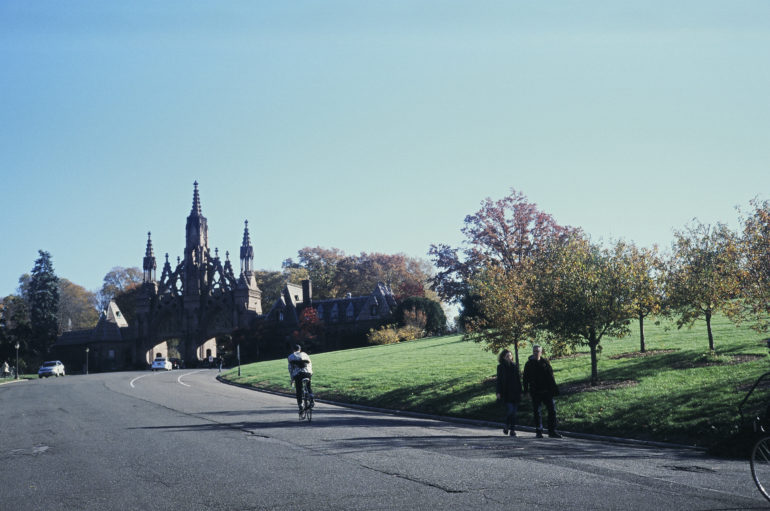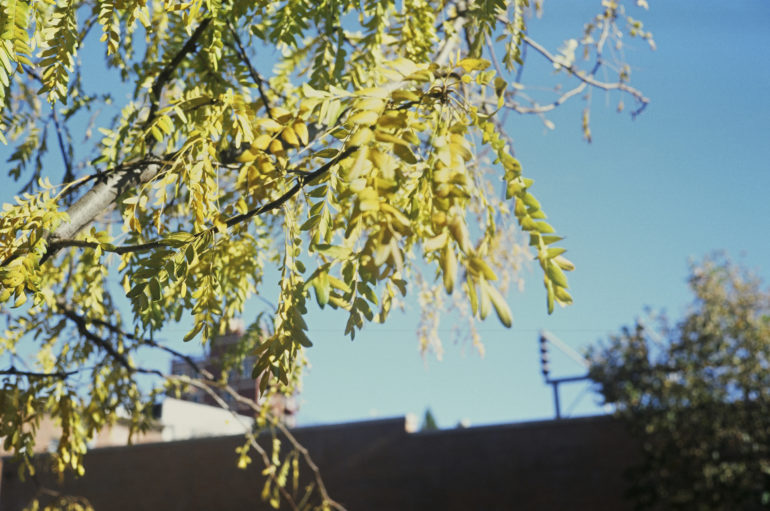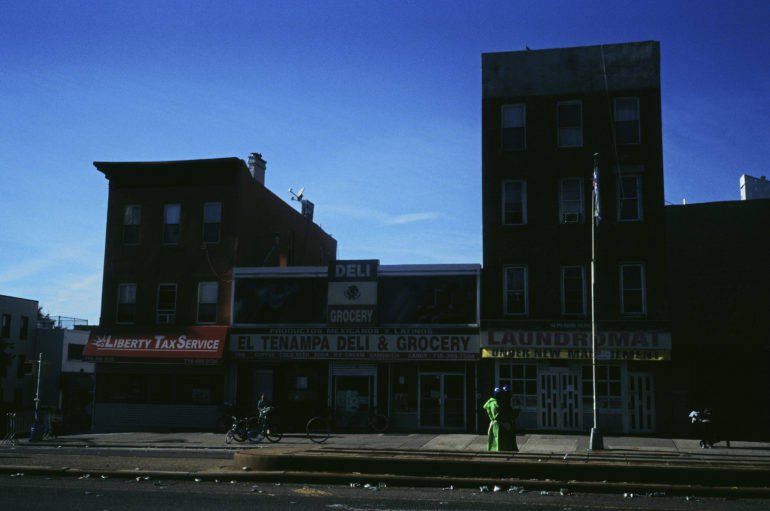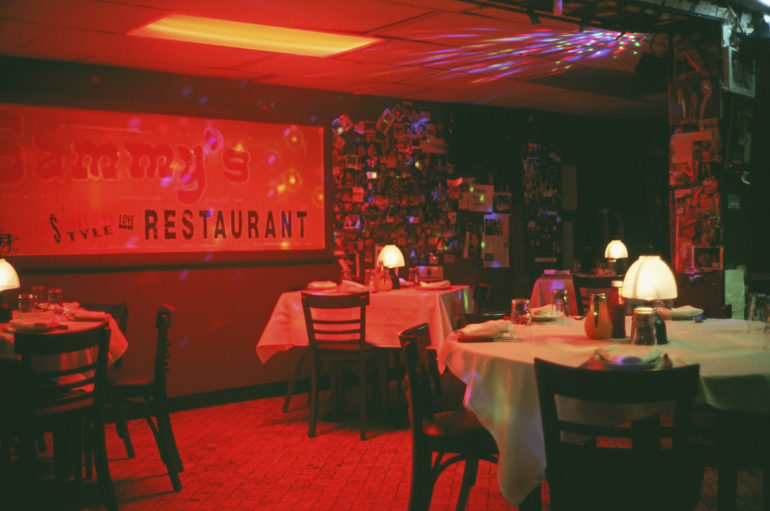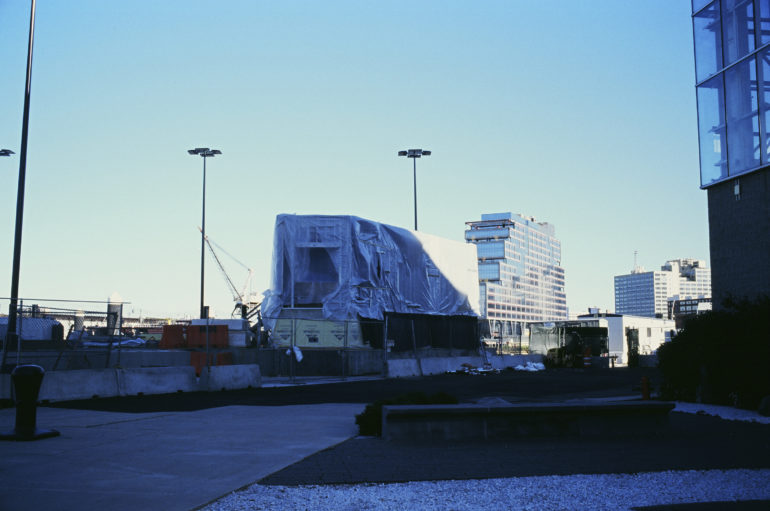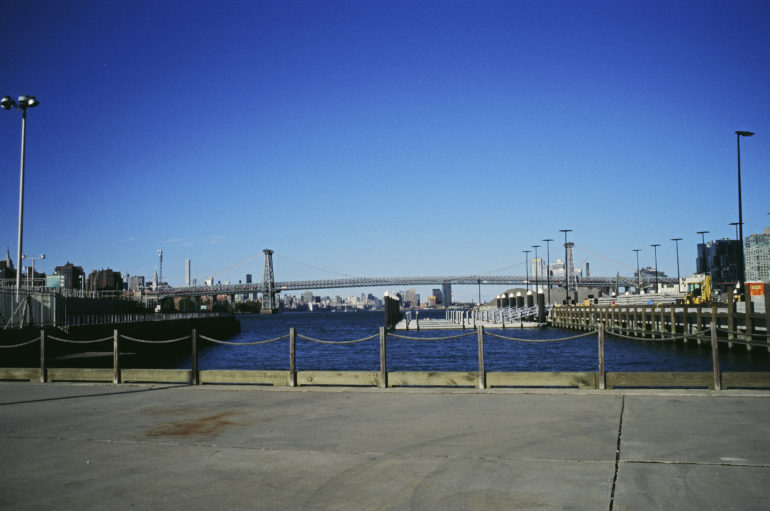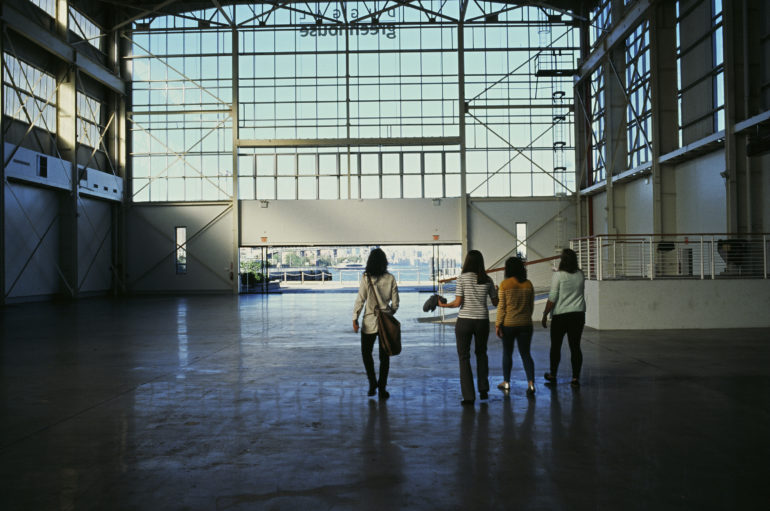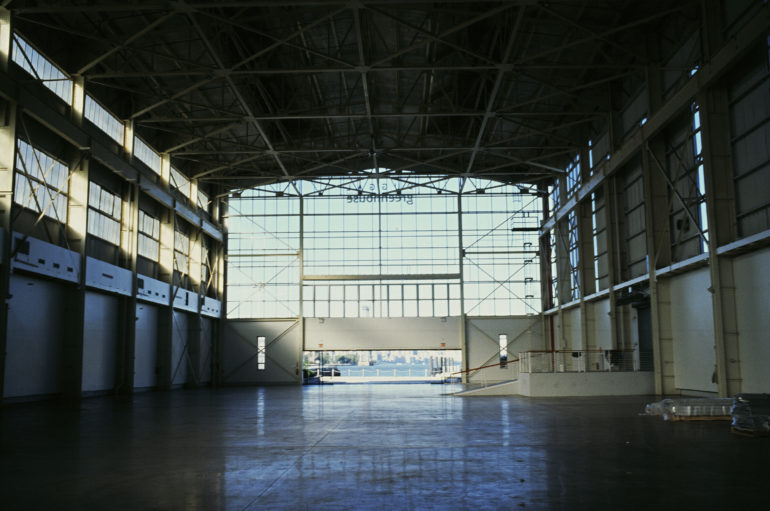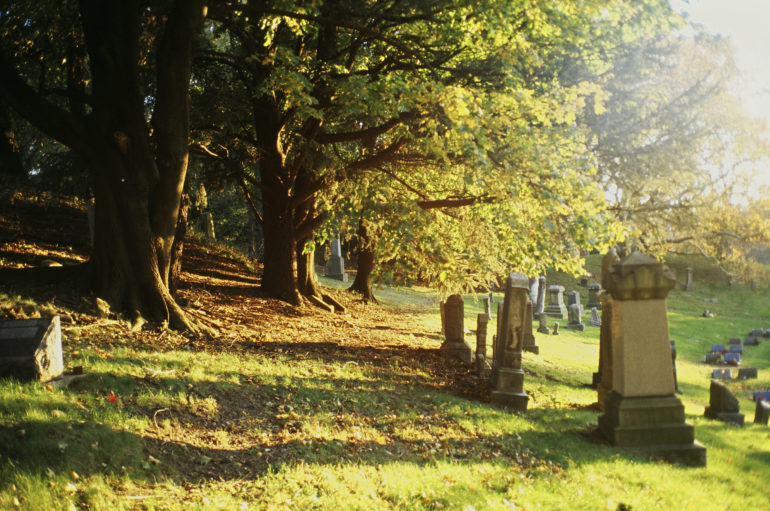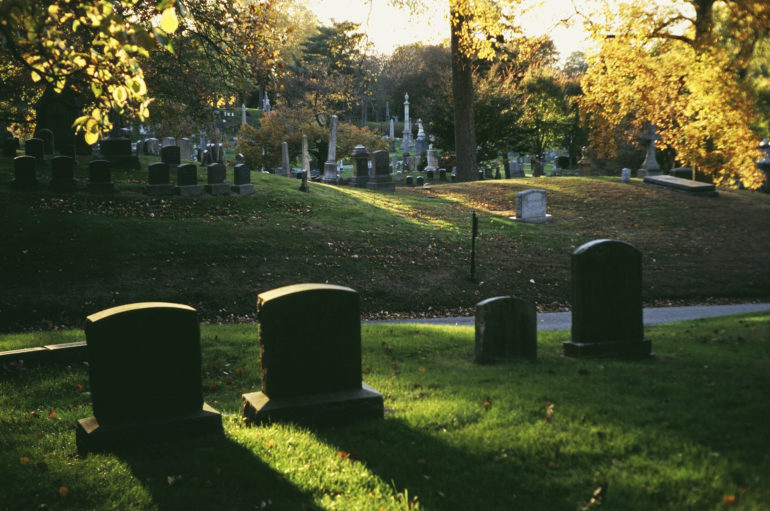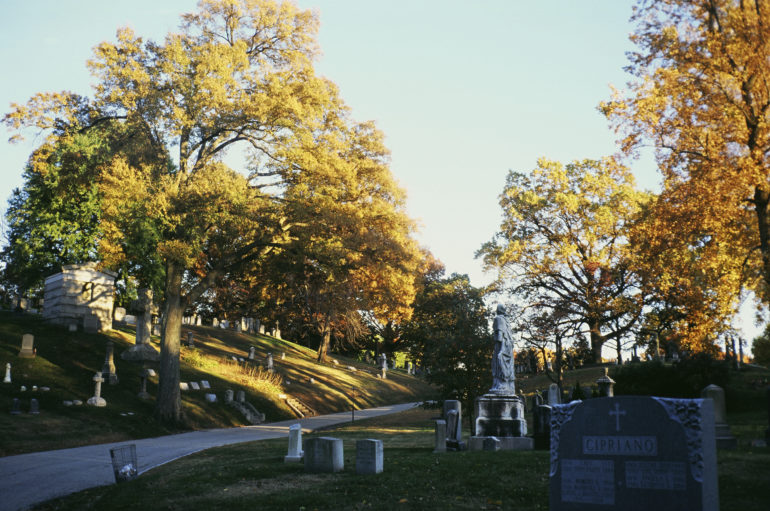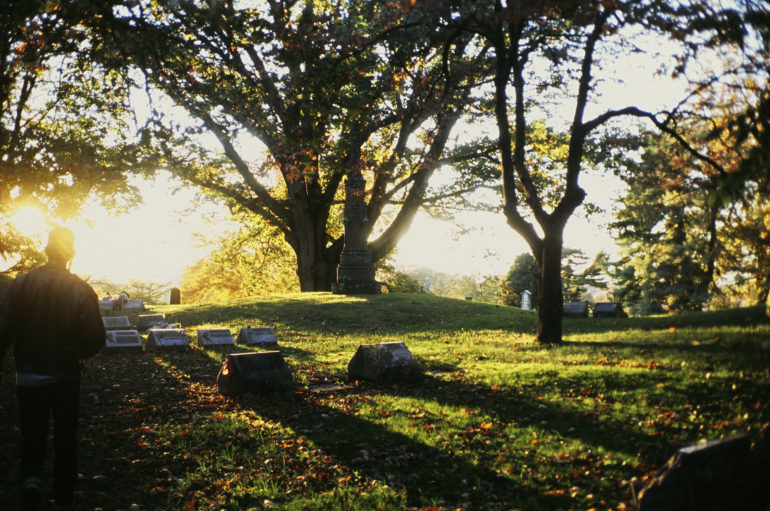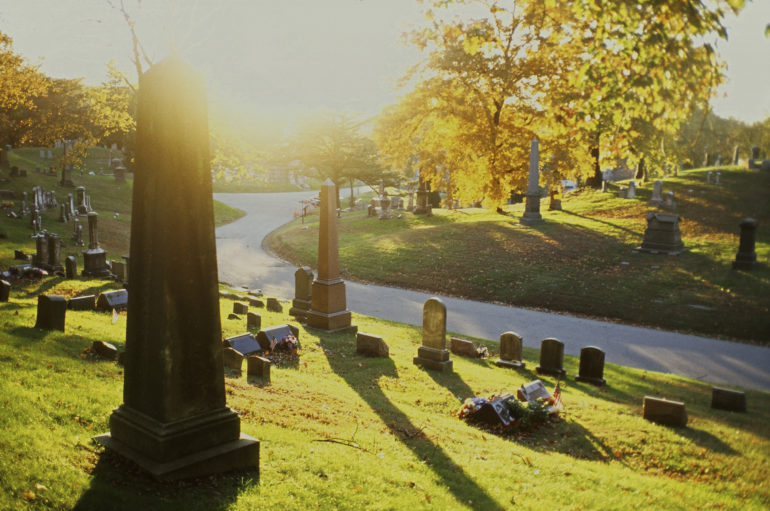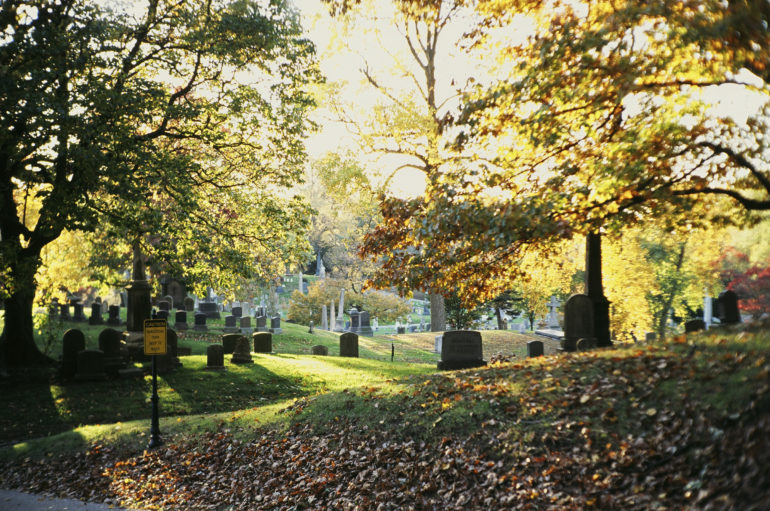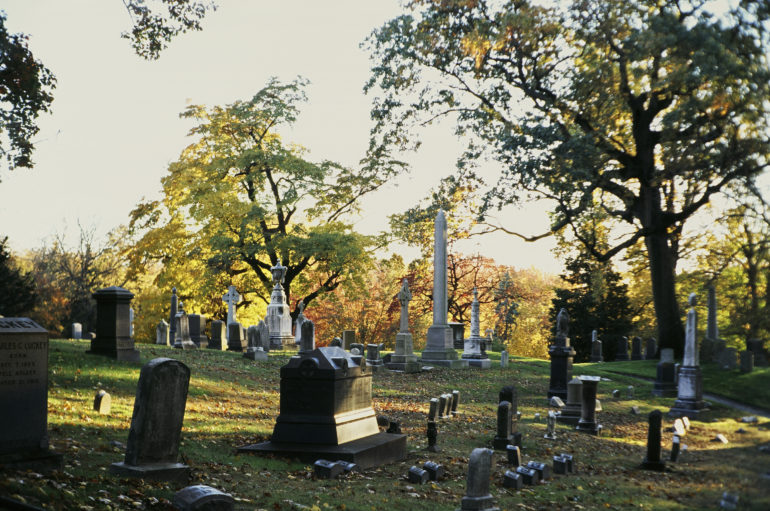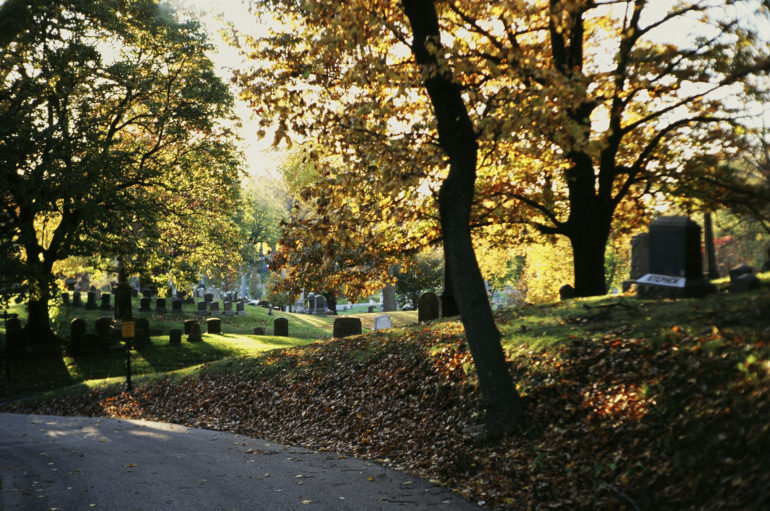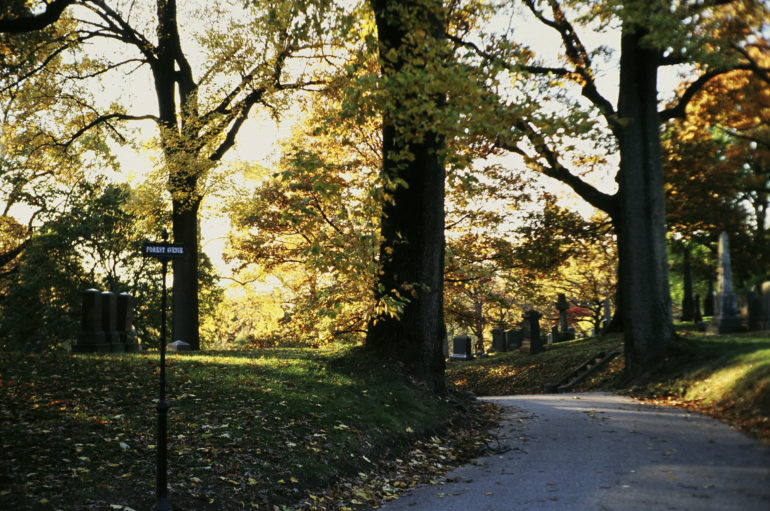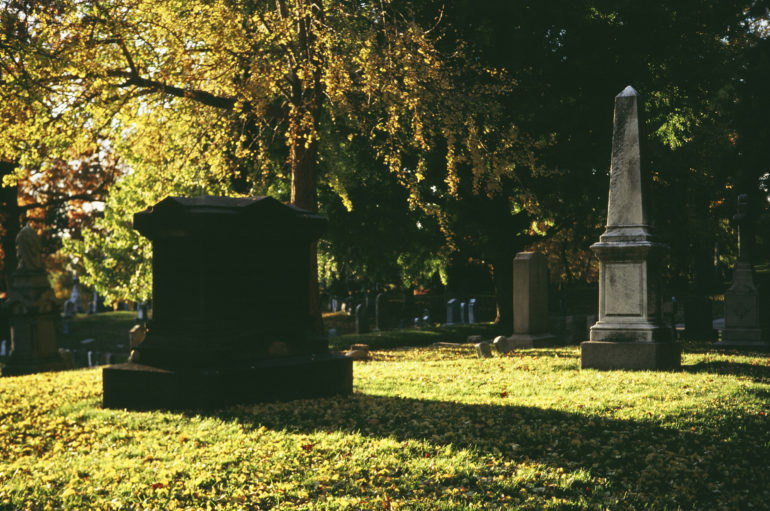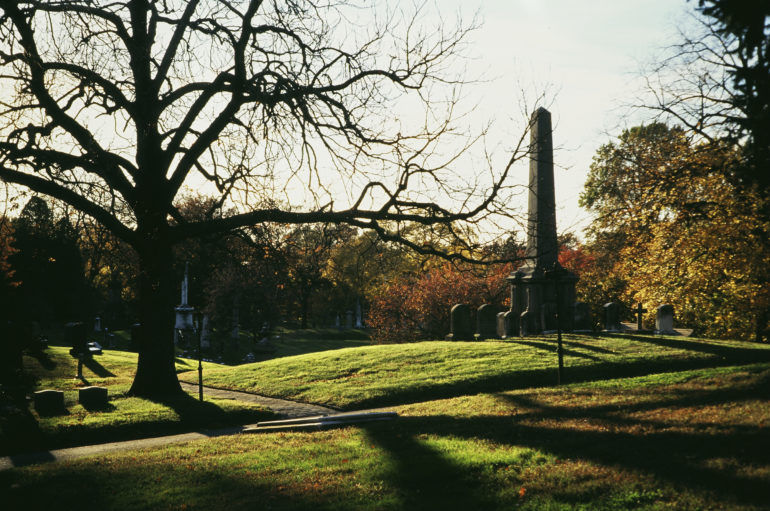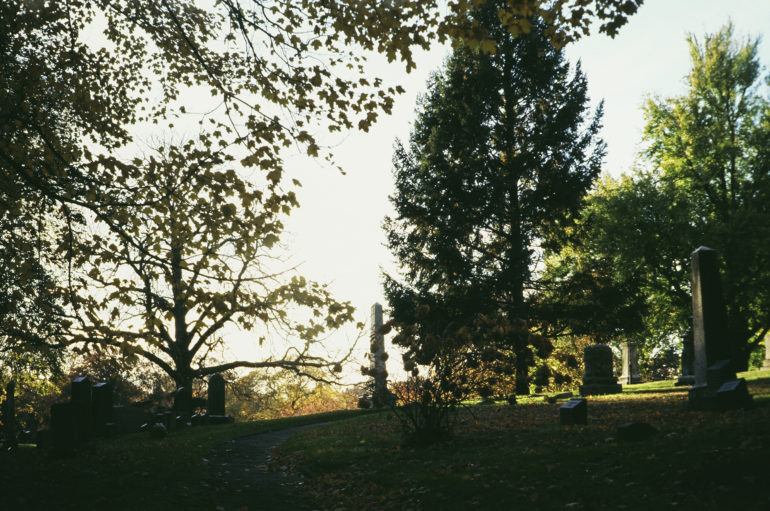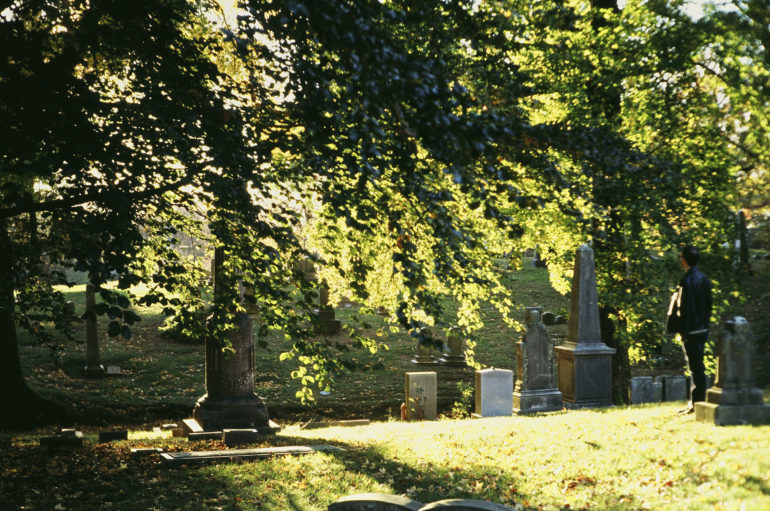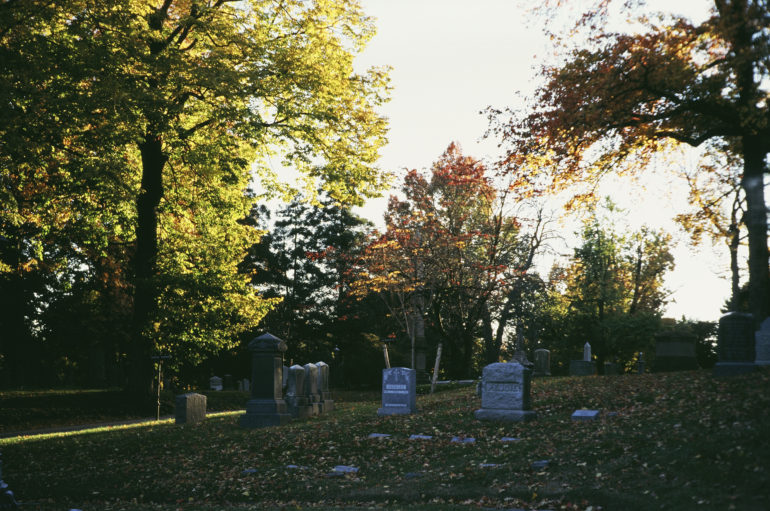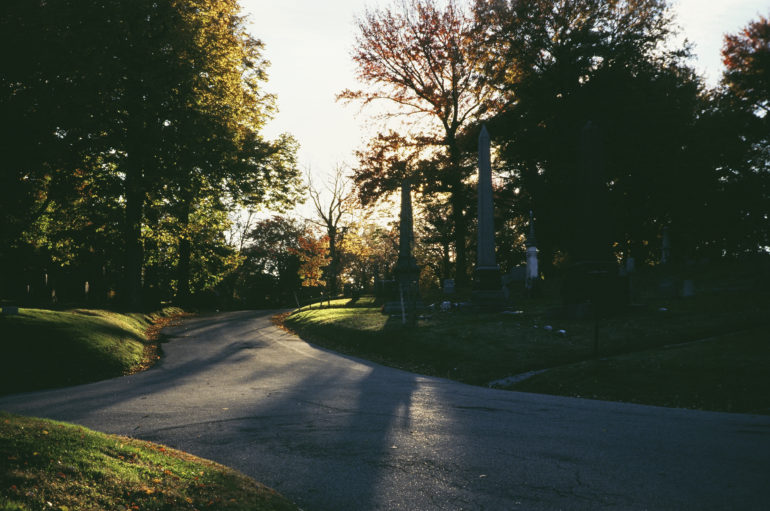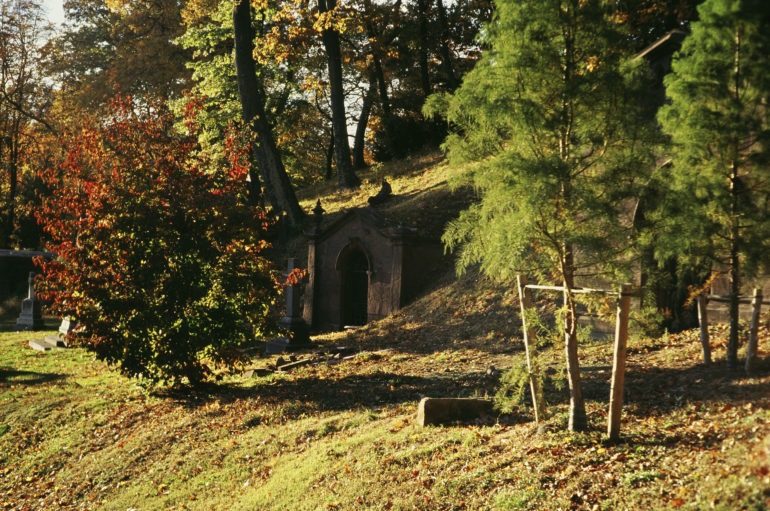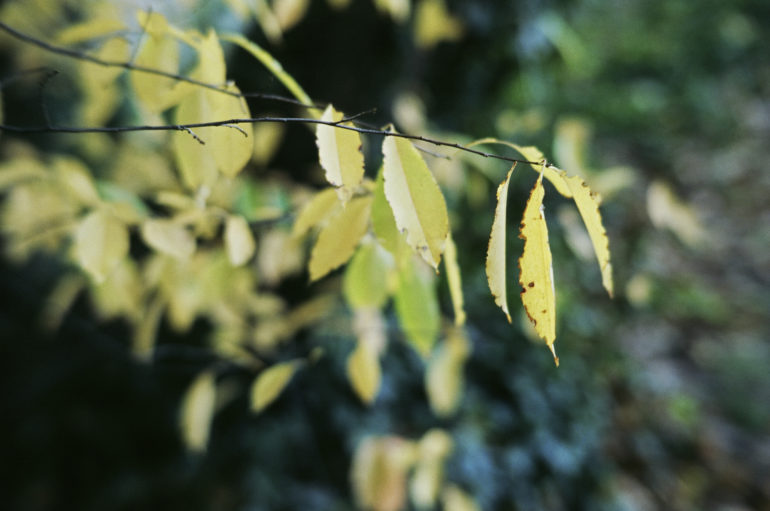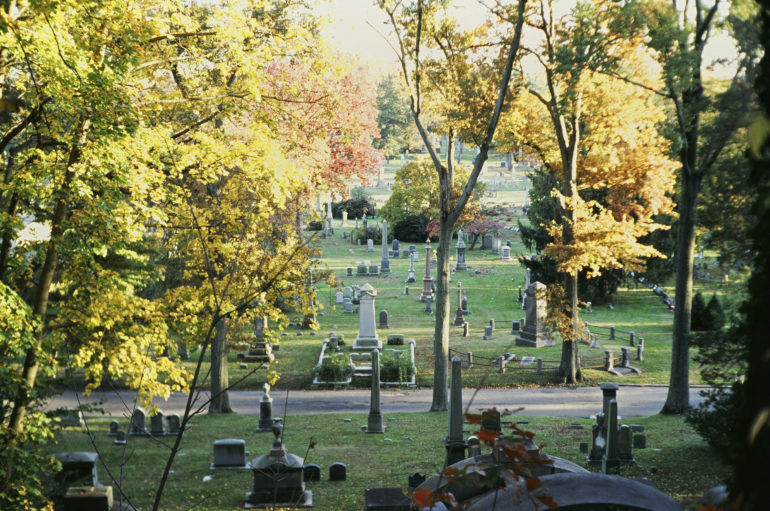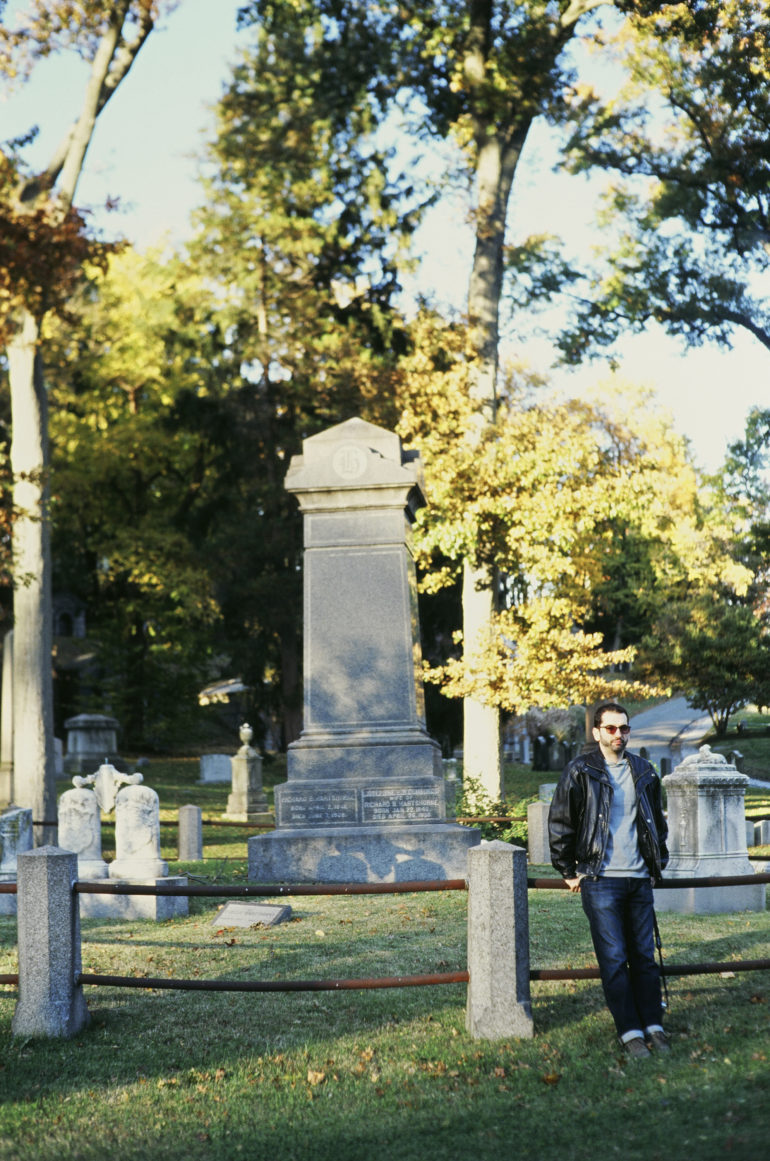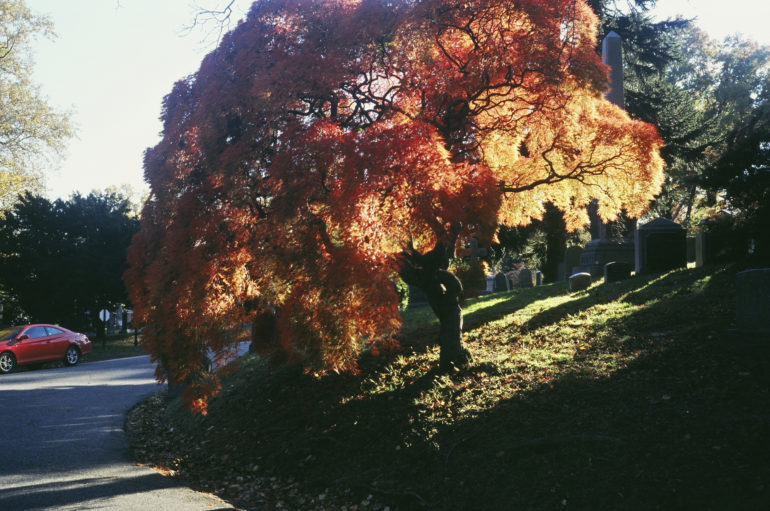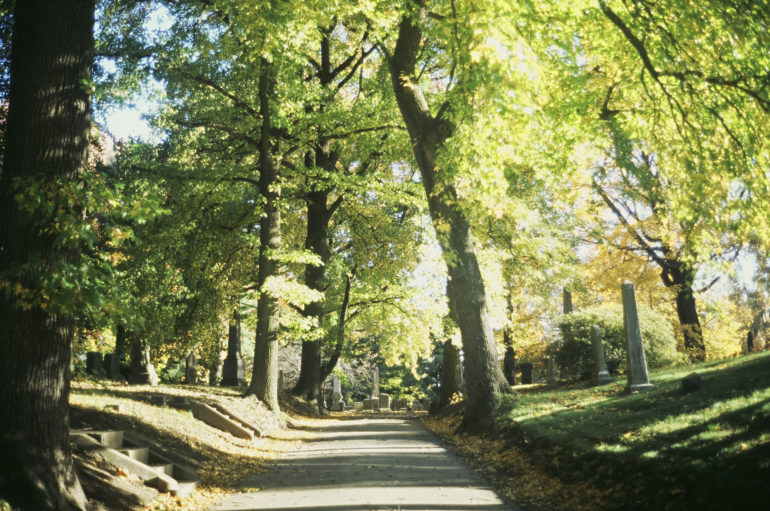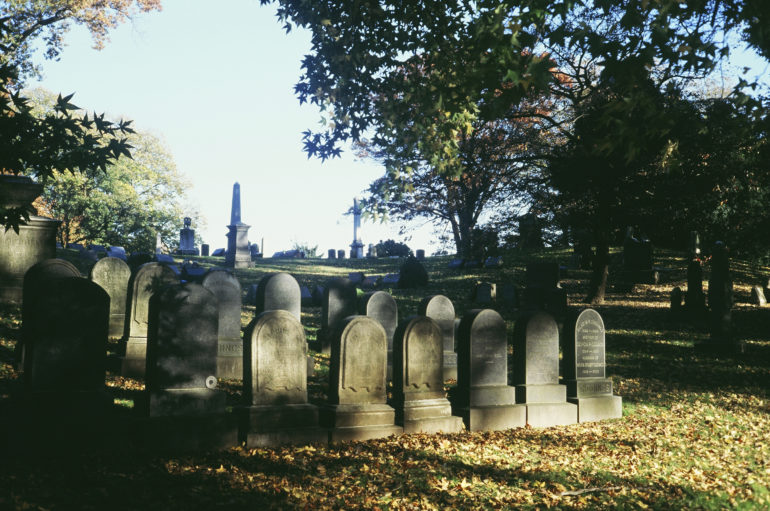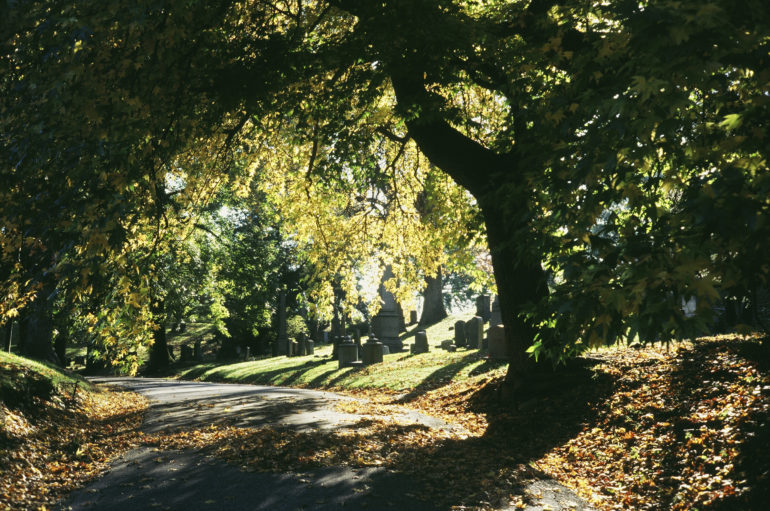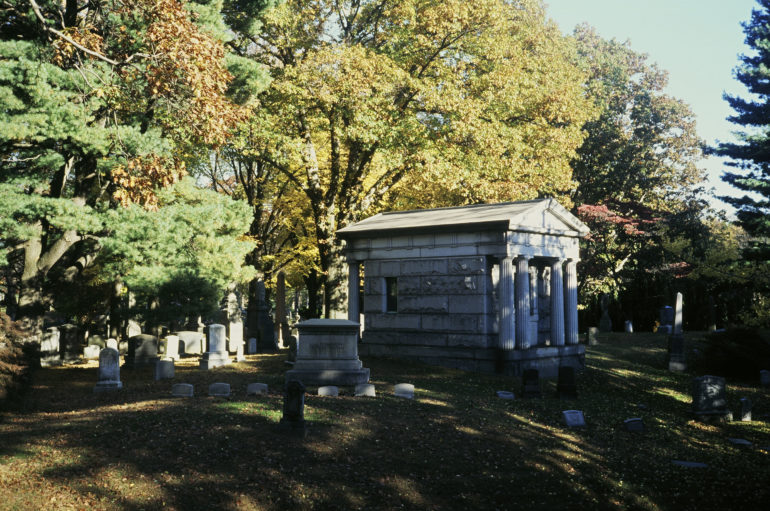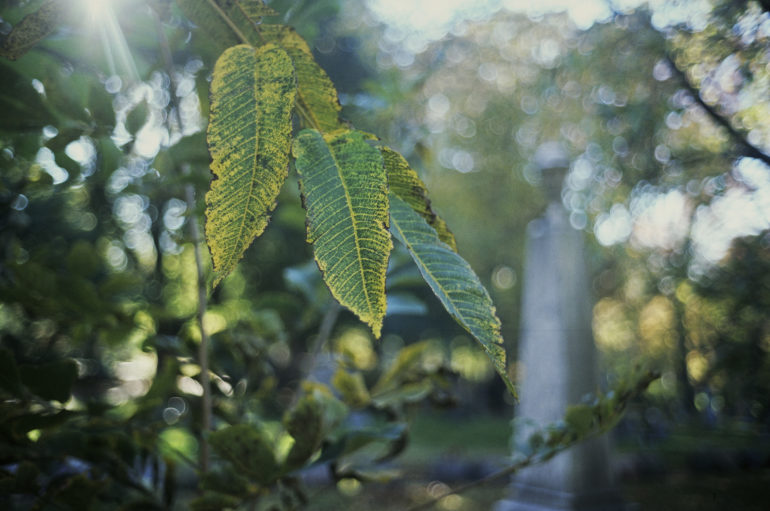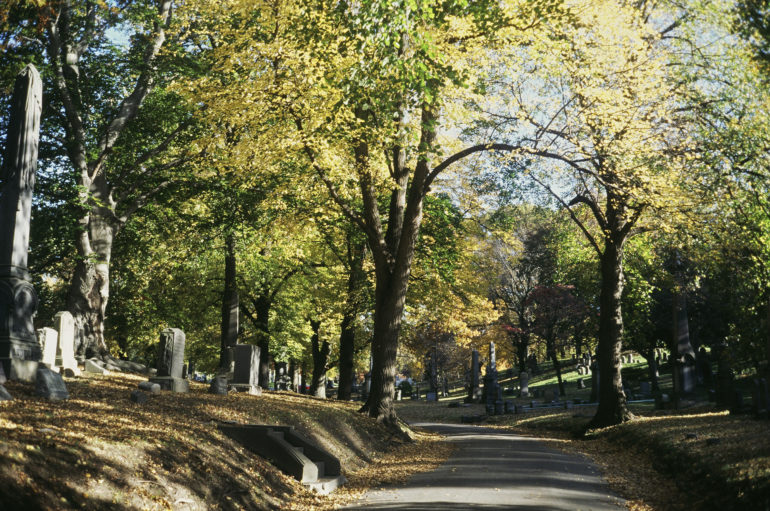Last Updated on 11/15/2018 by Mark Beckenbach
We’ve been waiting for the Kodak Ektachrome to come out for a long time, and it’s just the way that we remembered it.
Kodak Ektachrome E100 was announced to be coming back to the market in 2016; and though Kodak took its time getting it back to the market, I’m elated to say it’s finally here! Before it’s latest death, Kodak Ektachrome was deemed by Kodak to be a replacement for Kodachrome. But indeed, it has never looked like that. Instead, Kodak Ektachrome has both a saturated look to it while also remaining pretty low contrast in its appearance and in comparison to the Slide film emulsions offered by Fujifilm. At the moment, it’s also still pretty tough to get your hands on some.
My personal affinity for the film was years ago–it was generally my go-to color film until it just wasn’t anymore. Its death meant looking for new alternatives. Thankfully, this is a film that I’m finding looks and acts a whole lot like the previous version. This doesn’t really seem to be a “new” emulsion, but it instead is a rebirth of that older emulsion. Kodak did the same thing with T-Max P3200 earlier on. TMax (the entire lineup of it) is my favorite black and white film. But as far as recapturing my heart with Kodak Ektachrome, I have to admit that I’m still not totally there.
Gear Used
We tested Kodak Ektachrome E100 in the Leica M4P and Leica CL with both Leica lenses and 7Artisans lenses. We got the film developed and scanned at Luster Photo Lab in NYC.
Tech Specs
We took these specs from the Adorama listing:
KODAK PROFESSIONAL EKTACHROME Films E100G and E100GX are the next generation of color transparency films. Both films deliver extremely fine grain (rms 8), a lower D-min for whiter, brighter whites, and an improved tone scale. These films feature the latest advancements in Kodak’s Color Amplifying Technology and KODAK T-GRAIN Emulsion Technology to capture light more efficiently.
EKTACHROME E100G Film offers moderately enhanced color saturation with a neutral color balance. EKTACHROME 100GX Film also features moderately enhanced color saturation, but with a warm balance (the “X” is for warm).Both films produce exceptional results for advertising, fashion, editorial, architecture, nature/wildlife, and other commercial applications.
These films are designed for exposure with daylight or electronic flash.
Ease of Use
Loading up Kodak Ektachrome into my Leicas was surely an exciting experience. During my review process I thought about what I would shoot. I figured that I’d take it into the studio and do portraiture work with it. Indeed, I could have easily done this, and lots of great portraiture has been done with Kodak Ektachrome in the past. But I instead thought about what folks reading this would probably use it for. The truth: I doubt many people reading this review would honestly and truly use Kodak Ektachrome for serious work vs the flexibility that digital photography allows them to have. When someone is paying you, it’s far too sensical to let you have every advantage you could possibly have.
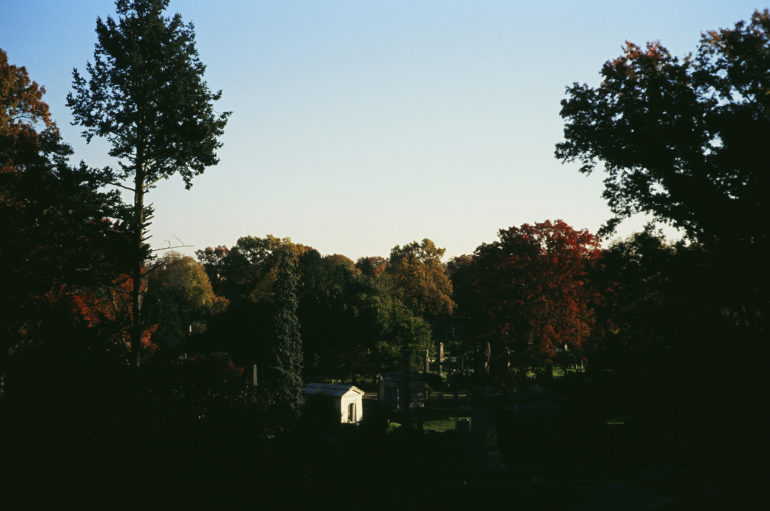
To that end, I figured that I’d take a Leica loaded up with Kodak Ektachrome along with me on my daily journeys–documenting what I saw along the way, having fun with it, and enjoying the process. At a later point, I will probably consider using it for more serious portraiture but not this time around as I’m evolving with what I want to do with my own portraiture.
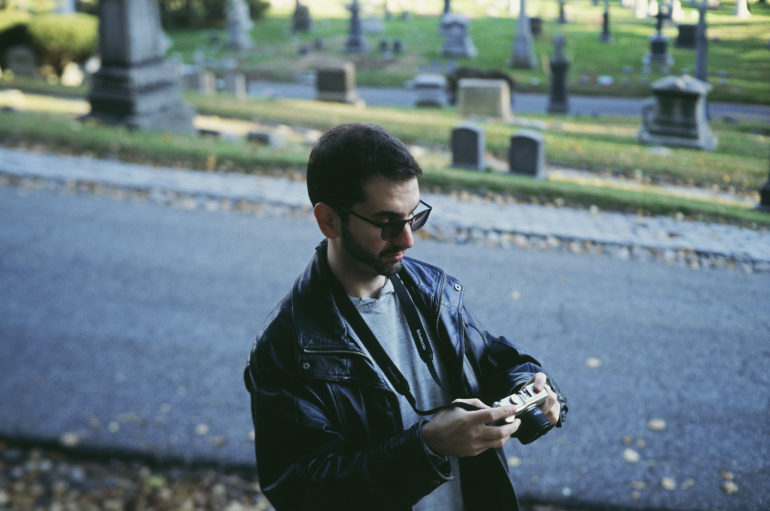
Finally getting into it, Kodak Ektachrome is a very standard chrome film that reminds you that you really need to nail the exposure or you’ll get the hard lesson and reminder that you suck as exposing. Part of this may even mean, wait for it, not taking the photo of whatever is in front of you! Yes, Kodak Ektachrome is meant to be shot in very specific and low contrast light. Ideally, you should be using it in evenly lit shadows or in situations where you have the most control over the light. Due to the slimmer latitude, you’re also going to have a difficult time getting better scans.
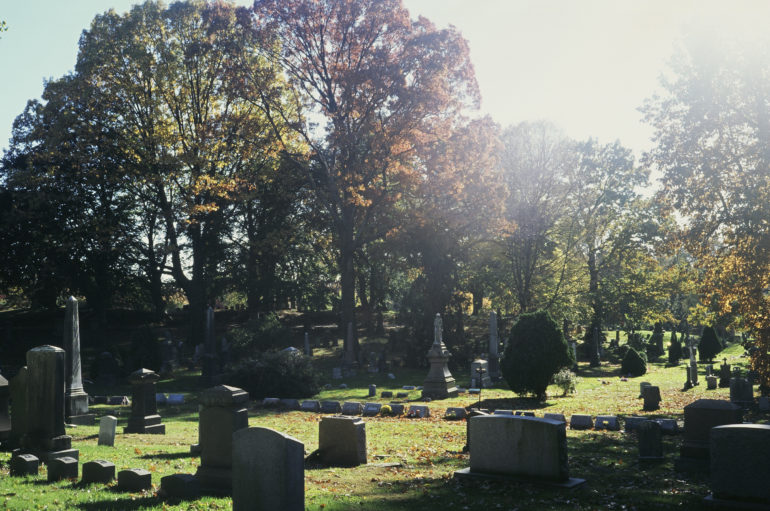
For starters, remember that with Kodak Ektachrome and with slide film, you’ll do your best job when using an SLR and a graduated ND filter of some sort. With an SLR, you can see the effects of the filter through the lens. When shooting with a rangefinder, you’ll just need to be even more cognizant of the lighting situation. Before you even start shooting with this film though, I strongly recommend learning how lighting will affect your scene. I’m not only speaking to the quality of the lighting, but also the color. This is a daylight based film and, as I’ve encouraged so many of you over the years, learn to shoot with a locked white balance to teach yourself more about color.
The general rule for lots of photographers has been to underexpose their Kodak Ektachrome by around a stop. This can surely work in most brightly lit situations, but again I think that this film truly excels in situations where you have very even lighting. With that said, this film is best:
- In studios
- With a Graduated ND filter
- In overcast situations
- With a flash
- Shot in the shadows with very even lighting
In Comparison to Velvia 100
During my excursion in New York’s Greenwood Cemetery, I decided to bring a roll of Fujifilm Velvia 100 with me too. My thoughts in comparison:
- Velvia is more saturated and tends to make images look more like a painting naturally.
- Kodak Ektachrome looks more like a photo
- Kodak Ektachrome gets more shadow detail
- Velvia gets more from the highlights
- Kodak Ektachrome is far better for portraits
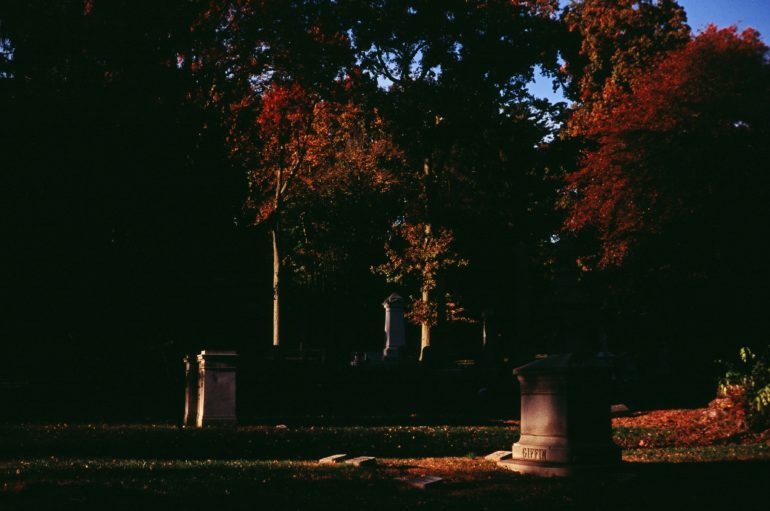
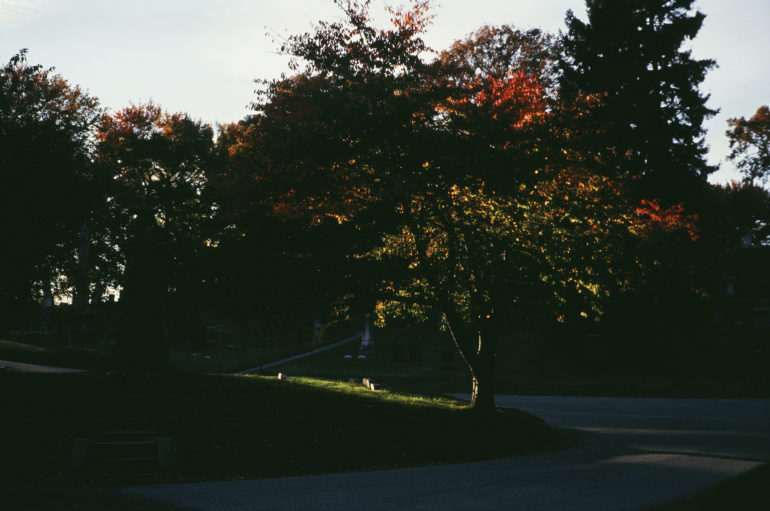
—
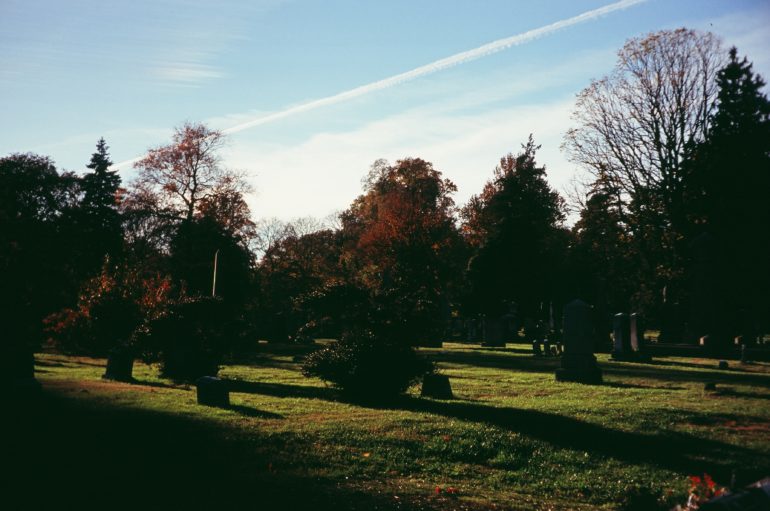
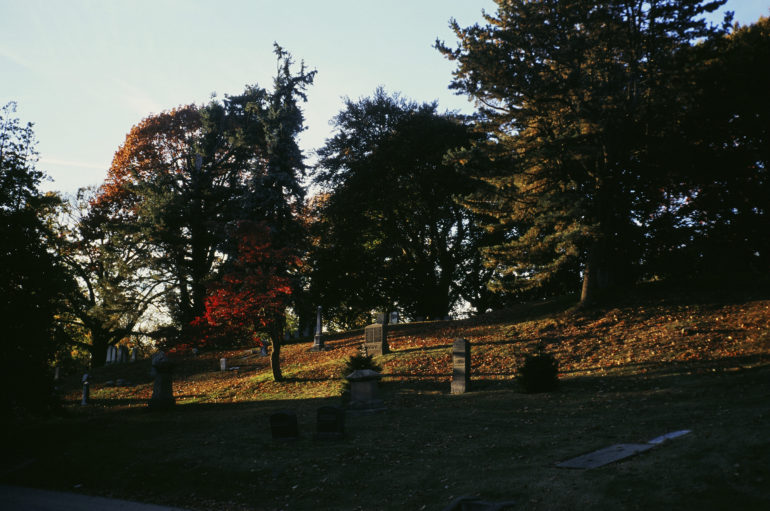
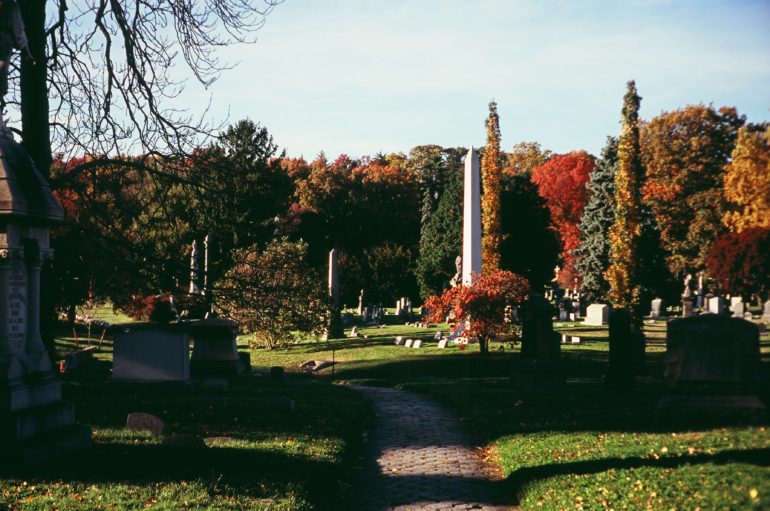
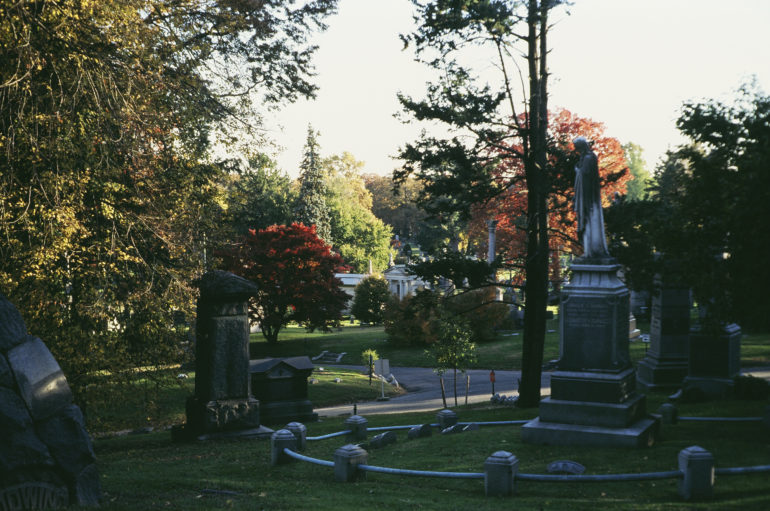
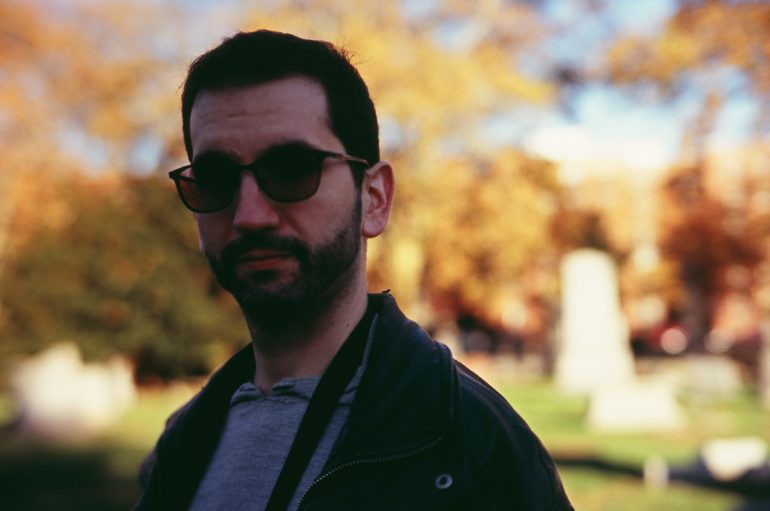

In Comparison to the Older Kodak Ektachrome E100
Here are some photos shot with the latest version of Kodak Ektachrome to bite the bullet. Admittedly, I never shot landscapes with that film, only really street work and portraiture. As it is though, I think that the new Kodak Ektachrome has better colors overall and may render shadows different. This personally was my favorite variant of the film.
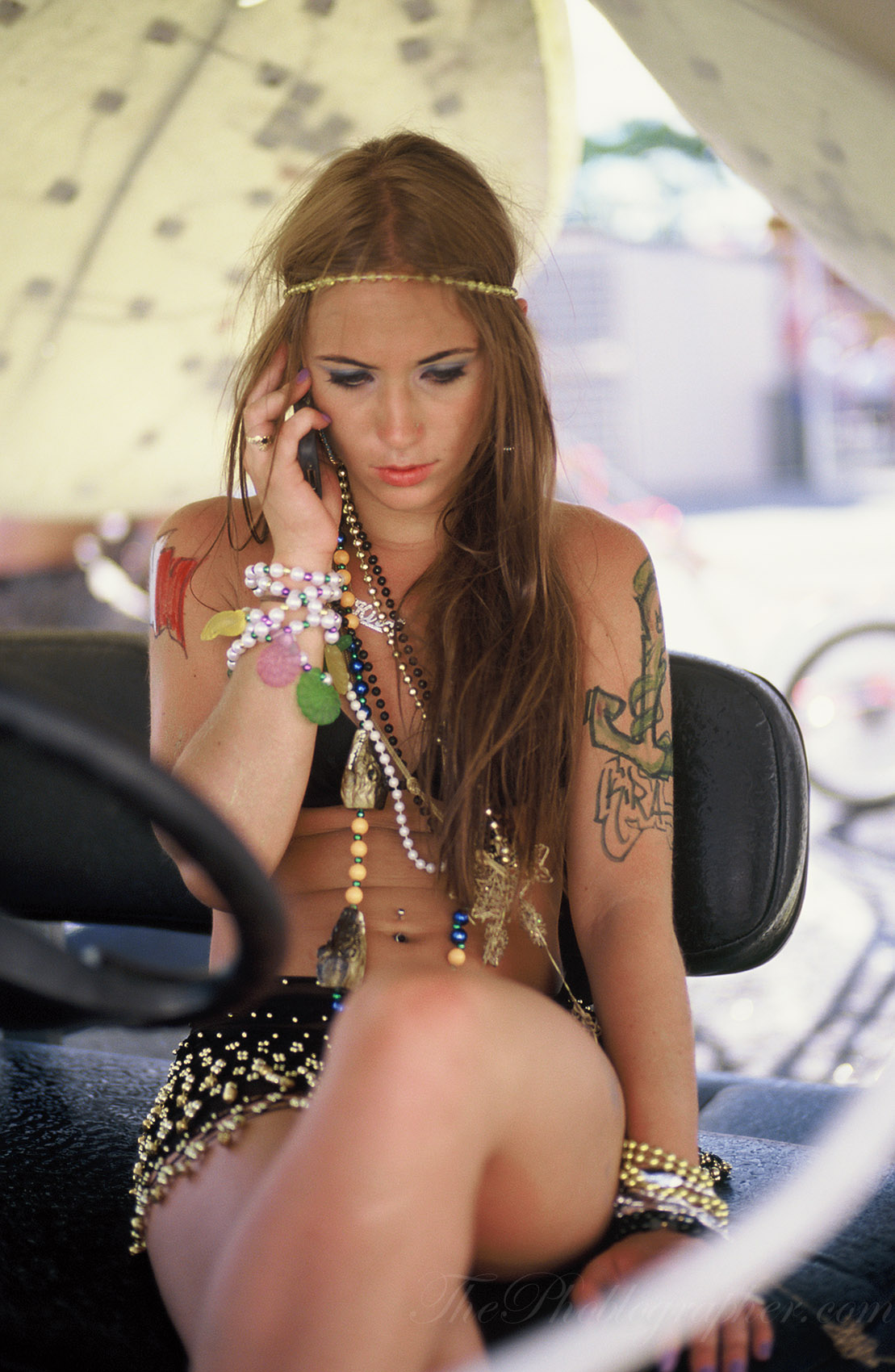
Image Samples
Here are extra image samples from the current emulsion.
Conclusions
At the end of this review, this is the first film that I’m really not sure about. I looked through Instagram to get a bit more reassurance of my own findings. Lots of the best images are shot in consistent lighting situations with lots of control, shadows, and some fantastic colors that are popping out from one another. I’m not so sure I’d recommend the new Kodak Ektachrome E100 film for landscapes at all due to the overly unpredictable nature of the format. But instead, I’d strongly recommend it for situations where you have the most control over the lighting. I wouldn’t backlight subjects with it, and I wouldn’t frontlight subjects with it if using the sun’s natural light. But instead, I’d need clean, consistent light and that’s it. This, combined with strong colors contrasting against each other would make for ideal portraits.
But here is the inherent problem: you essentially need to do the same thing with Kodak Portra 160 to a certain degree, but you’ve got a more forgiving format with negative film. CineStill 50D is also a great film for this. And then of course there is a darling Fujifilm PRO 400H that is overexposed into oblivion to get that much loved pastel look.
Kodak Ektachrome is to be used in situations only where you have full control over the scene. It’s very much a creator’s film and not a documenter’s film. Don’t bring it along on a photo walk–bring it to a portrait shoot and only shoot when you’re absolutely certain about the lighting situation. Then, and only then, will you create images that will captivate you so much that you’ll need to do it all over again.


